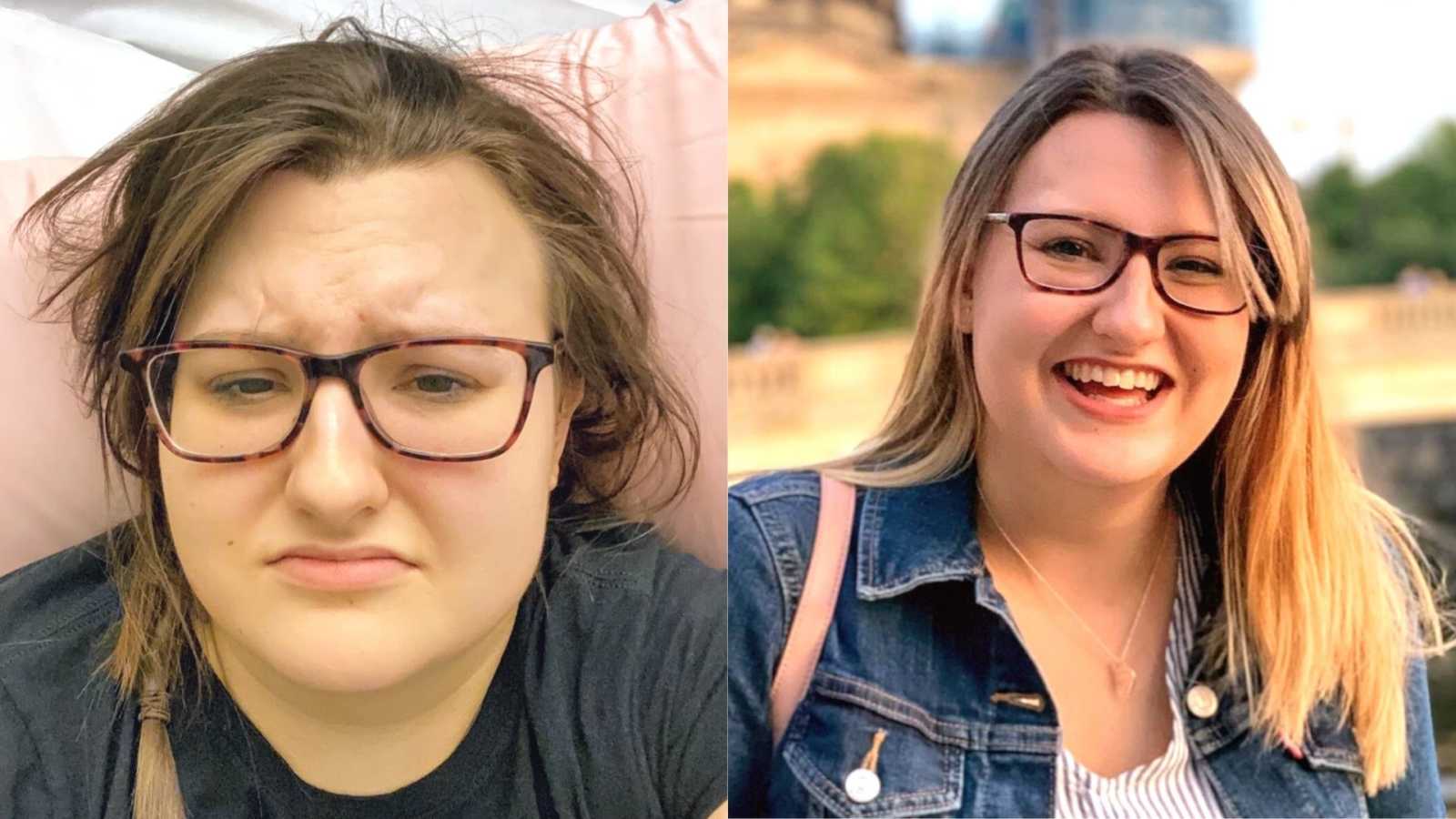“‘You are a walking, talking medical textbook, and an extremely complicated one at that.’ This particular statement was said to me by my lovely cardiologist. It genuinely wasn’t meant with any malicious intent, but those words stuck with me for a long time.
I got home from my appointment and I just felt so utterly deflated. The words from my cardiologist were going round and round in my head. I couldn’t shake them off. ‘In just 2 days, I will be 26. How did I get here? How did my life become this never-ending cycle of hospital appointments and tests, with doctors looking at me like some weird puzzle, with pieces missing?’

Let’s go back to the beginning, shall we? My early childhood was pretty standard, and I spent the majority of my first 7 years of life running around without a care in the world, waving at anyone who would wave back at me. However, there were always underlying medical issues cropping up. At 6 weeks old, my mom noticed I was just looking through her, rather than at her. An optician told my parents there was a possibility I was blind and referred me to Great Ormond Street Hospital, where after numerous eye and brain tests, I was diagnosed with delayed visual maturation. At 2, I was diagnosed with a life-threatening allergy to nuts (anaphylaxis), after my parents ate some peanuts and hugged me, resulting in my whole face swelling up.
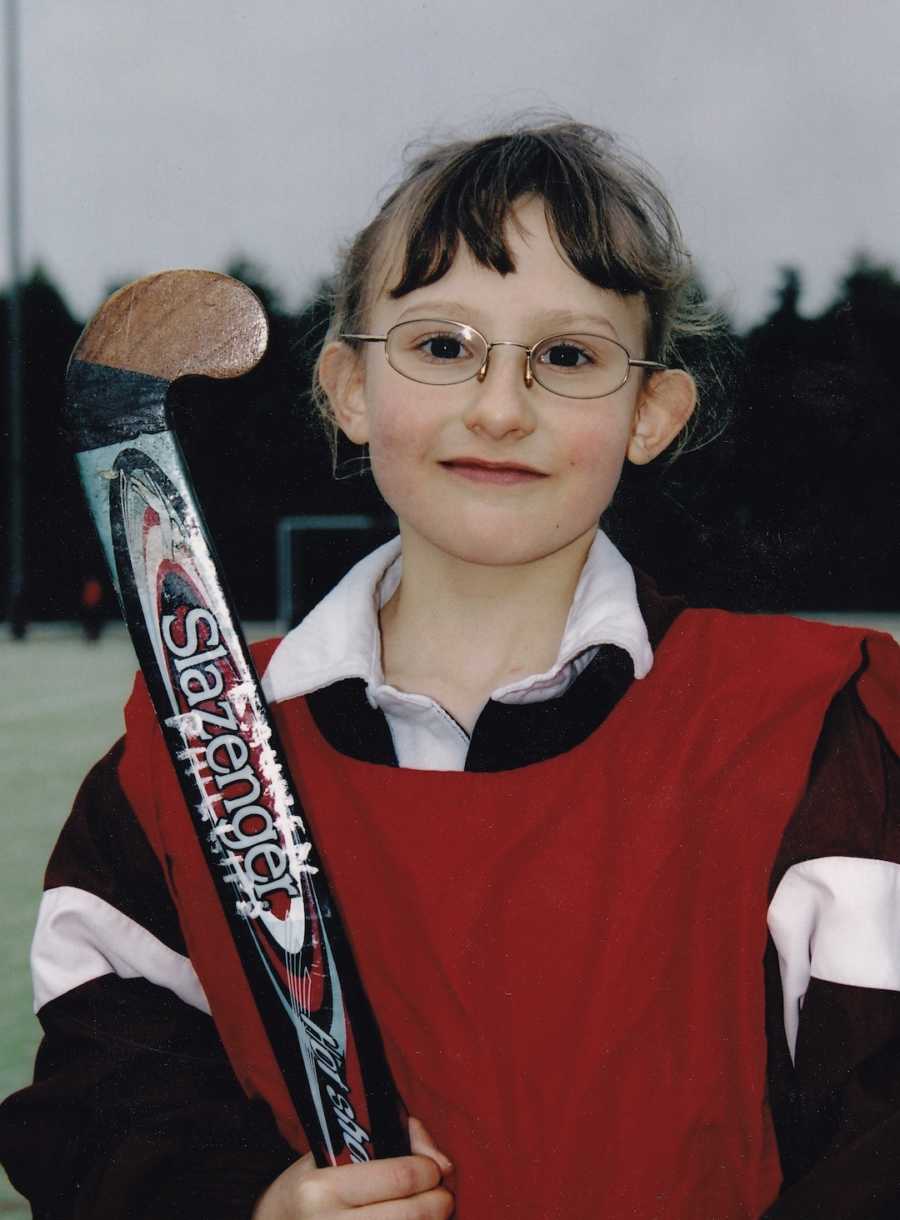
At 3, I started choking every time I ate and my parents noticed I wasn’t speaking at the correct level for my age and would always shout. I went to see a pediatric ENT surgeon, who diagnosed me as being 75% deaf due to severe Eustachian tube dysfunction. I was given grommets and referred to speech and language therapy. A while later, I had my tonsils and adenoids removed in order to stop me from choking constantly, as my tonsils were so enlarged they were blocking my airway. However, despite all the health issues, I was pretty much a normal child who loved life. I spent most of my time running around, laughing my head off.
I grew up playing hockey for my local team every Saturday morning. I would ride my bike for miles every weekend with my dad. I swam every chance I got. I was always active and on the move. And then, one crisp afternoon when I was 11, I was playing netball at school, went to pivot, and suddenly felt this weird, intense pain in my right knee. I remember it feeling as if my kneecap had dislocated, but it hadn’t. My family doctor told me it was just growing pains, and if I kept icing my knee, the pain would eventually subside. But the pain didn’t go away, and it started happening to my left knee, too, so my parents took me to see an orthopedic surgeon.

He explained the weird movements were subluxations (partial dislocations), referred me to physiotherapy, and told me to avoid things like running. When I was 13, my kneecap dislocated for the first time and I went back to see my ortho surgeon. He promptly told me the more my kneecaps subluxed and dislocated, the more damaged my ligaments would become. I could eventually require surgery to fix them. He made me stop all physical activities, except for swimming, and told me to wear a support bandage on my knees regularly. There was still no indication anything untoward was wrong, though, so whenever symptoms cropped up, they were treated as isolated health issues.

It wasn’t until I went to see a dermatologist about a strange patch of skin on my chest that had randomly appeared the possibility of me having any sort of underlying disease was brought up. I had never even heard of connective tissue disorders before, and yet here I was at the doctor’s office with my mom, being told it was highly likely I had one. A couple of years, two skin biopsies, lots of blood tests, and several referrals to the genetics team later, it was confirmed: I had hypermobile Ehlers-Danlos syndrome. I truly believe my doctor saved my life, not because hEDS is a condition that can kill you, as it isn’t, but because the mental stress of constantly being told I was a hypochondriac and being led to believe all my health issues were in my head probably would have.
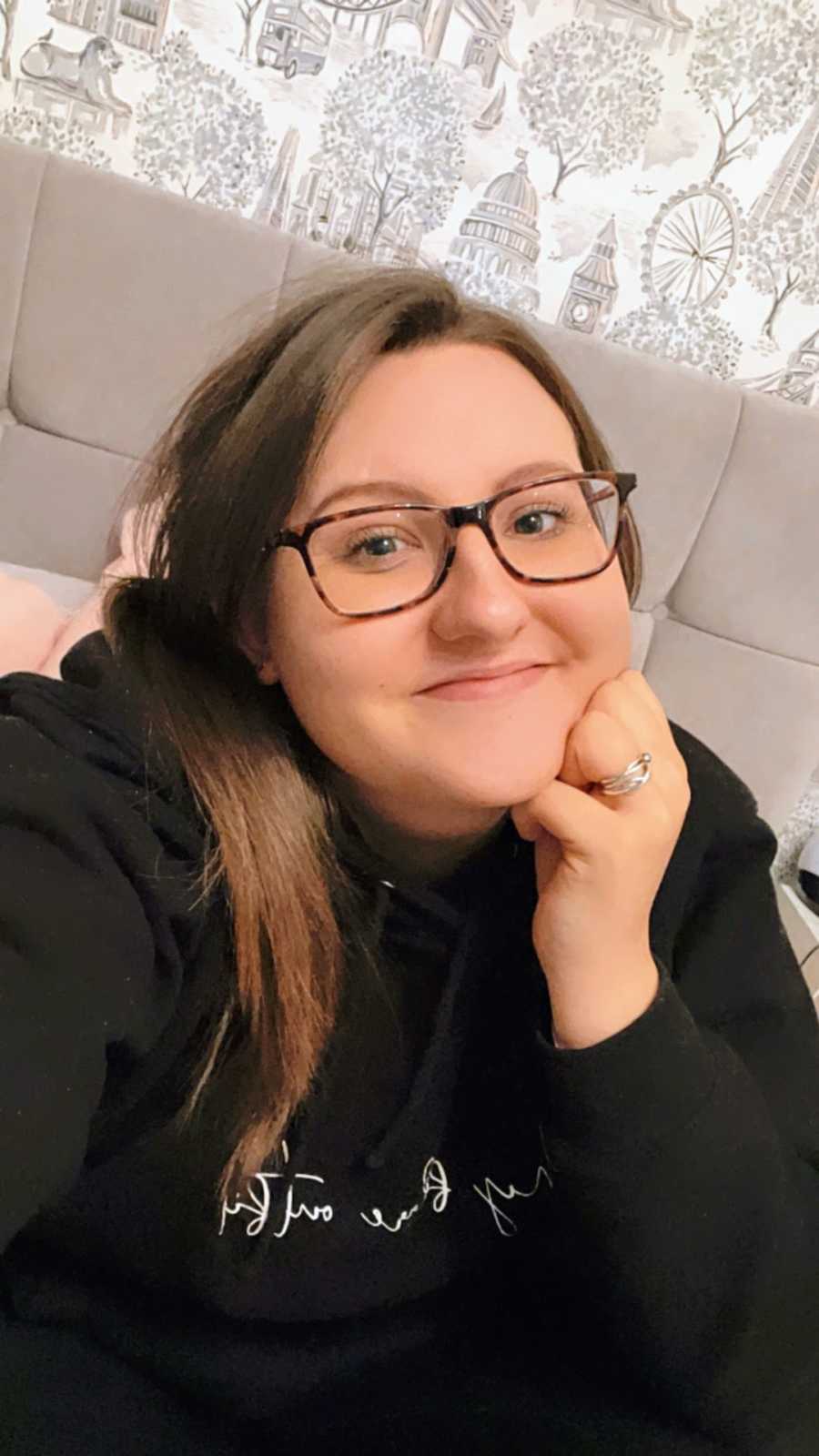
However, when I was diagnosed, I was told by the geneticist, ‘EDS will not have a significant impact on your future. It is more just a unifying diagnosis.’ Those words have haunted me ever since I heard them. You see, I was given my diagnosis and then immediately discharged with no treatment plan, no advice, and no information. In her defense, for a couple of years, she was right. EDS didn’t have a major impact on my life, but I was never warned EDS symptoms tend to progress as you get older. So, when things took a turn in my mid-twenties, I had no idea what was going on. I had spent 4 years feeling relatively normal, with EDS being a niggling thought in the back of my mind, and suddenly it was pushing forward and forcing me to take notice of it.

I woke up one day with back pain I can only describe as feeling like someone had put a clamp on my spine and was constantly tightening it. I went to see my doctor and was told it was musculoskeletal pain due to EDS, and I was given naproxen to relieve the pain. The naproxen didn’t work, and the pain never went, but it just kept being put down to EDS. I now know the clamping pain was the result of a slipped disc, but it took me 3 years to find out. From this point on, the pain spread throughout my whole body, leaving me in a constant state of pain 24/7. I began to think it was all in my head because no pain medication would give me any relief. Along with the pain, I began to feel faint and dizzy, and experience heart palpitations whenever I stood up.
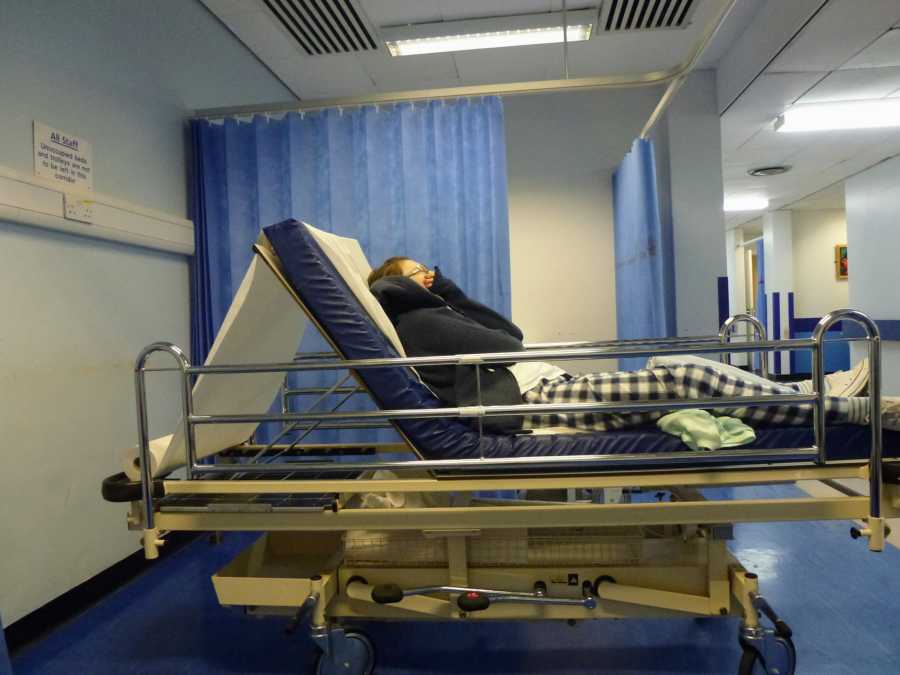
Every doctor I saw told me they believed I had a mild form of POTS (a type of dysautonomia), but none of them would officially diagnose me or give me any treatment for it. I was just told to drink more water and eat more salt. Eventually, after a 4-year battle to get a diagnosis, a 24-hour ECG showed my heart rate was jumping scarily high whenever I did simple things, such as getting out of my car. In August of 2020, I was diagnosed with dysautonomia and finally started on beta-blockers to help lower my heart rate. After just a few days on my new medication, I looked in the mirror and suddenly realized just how sick I had been for so long. I barely recognized myself.
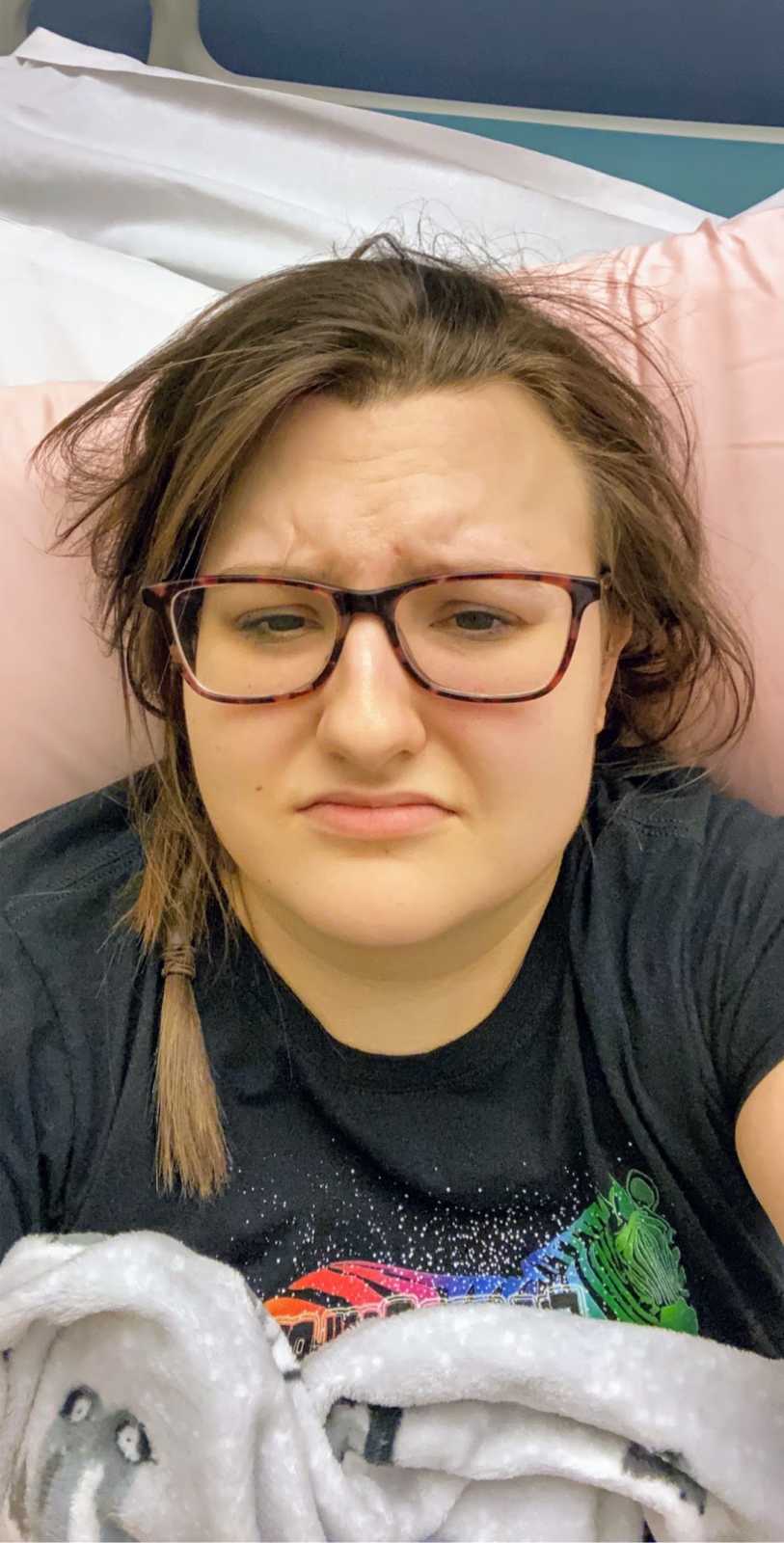
My skin was no longer pale and gray, I had a shine in my eyes again, and most of all, I actually wanted to live. Everyone kept commenting on the fact I had color back in my skin, yet I never realized I had lost it. I still struggle with tachycardia often, but it is nowhere near as severe as it used to be, and for this, I will be forever grateful. September came around, and I underwent major knee surgery to reposition and stabilize my kneecap. While we won’t know if the surgery was successful for at least another year, I am hopeful it will have been and I’ll be able to regain at least a tiny bit of the mobility EDS stole from me. While I was recovering from my surgery, I went to see my rheumatologist to find out the results of the hour-long MRI scan he did on my spine.
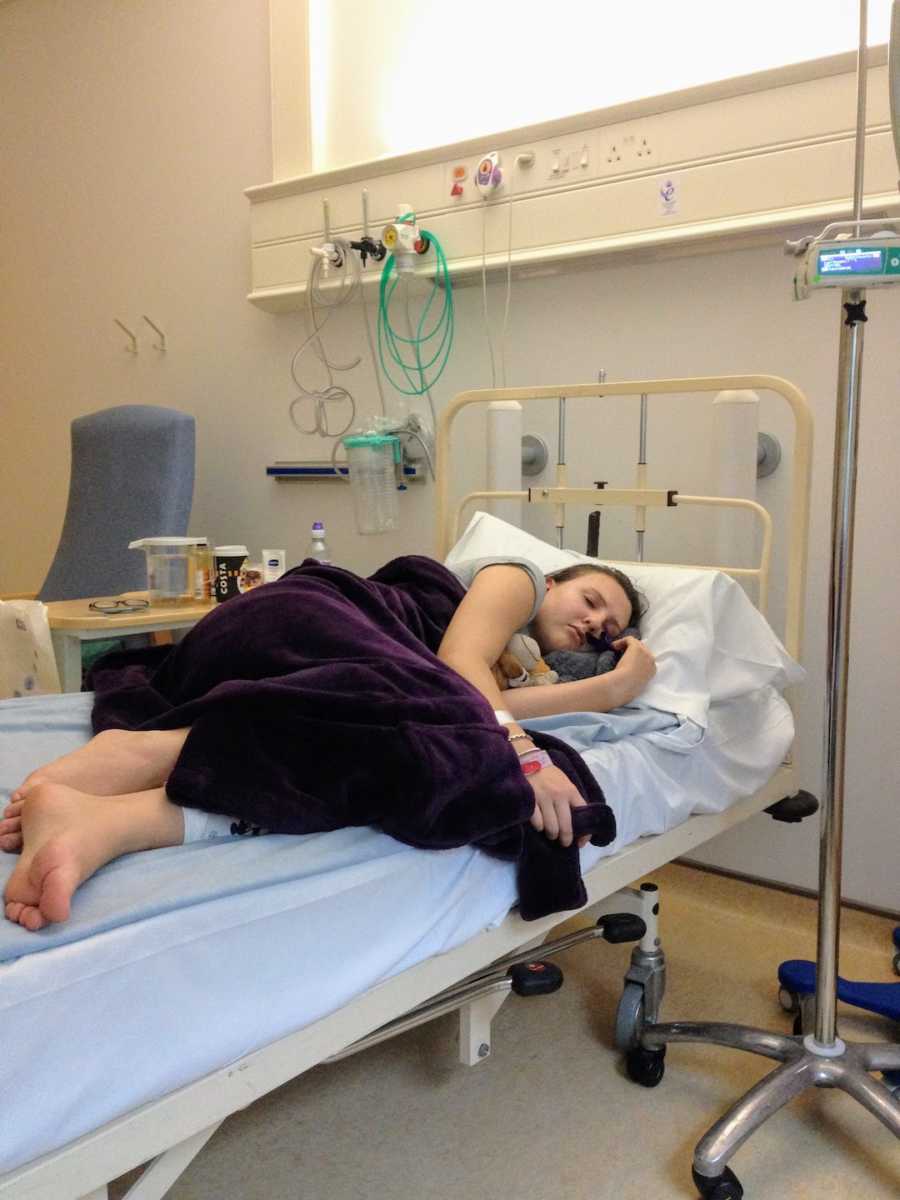
I went into the appointment expecting to be told the scan showed nothing, and I just needed to keep using topical pain relief. However, this turned out not to be the case. I sat down and was immediately shown over 20 images of my neck, spine, and hips while being told I have had several slipped discs over the years and now have degenerative disc disease and osteoarthritis in my spine. I don’t really remember much after, as I was struggling to take it all in. I remember my doctor apologizing profusely to me for the fact I had yet another incurable condition to live with. Before my appointment, I colored in a pain map as part of my usual preparation for appointments. I joked to my friends I had colored in the whole body, and my doctor would probably just look at it and call me a hypochondriac.

When I handed it over during my appointment, my doctor looked at it and immediately said every single part colored in corresponded with the MRI scan results. He asked if he could keep it in my medical notes to show his colleagues just what chronic pain looks like. Suddenly, after a decade of being led to believe my pain was in my head and it wasn’t really as bad as I thought, I was being told my pain was real, and not only was it real, but it was severe. So yes, I am a ‘walking, talking, complicated medical textbook.’ I am reliant on a daily cocktail of 20+ medications and supplements to enable me to get out of bed each day, I spend more money on physiotherapy and pain relief than I do on anything else, and I see my doctors more than I see my friends. But this is my story and it is far from over, I am still here and I’ll be fighting and sharing my story until the very end.”

This story was submitted to Love What Matters by Lauren Phillips of Essex, England. You can follow her journey on her Instagram and her blog. Submit your own story here, and be sure to subscribe to our free email newsletter for our best stories, and YouTube for our best videos.
Read more stories like this:
Provide beauty and strength for others. SHARE this story on Facebook with friends and family.

